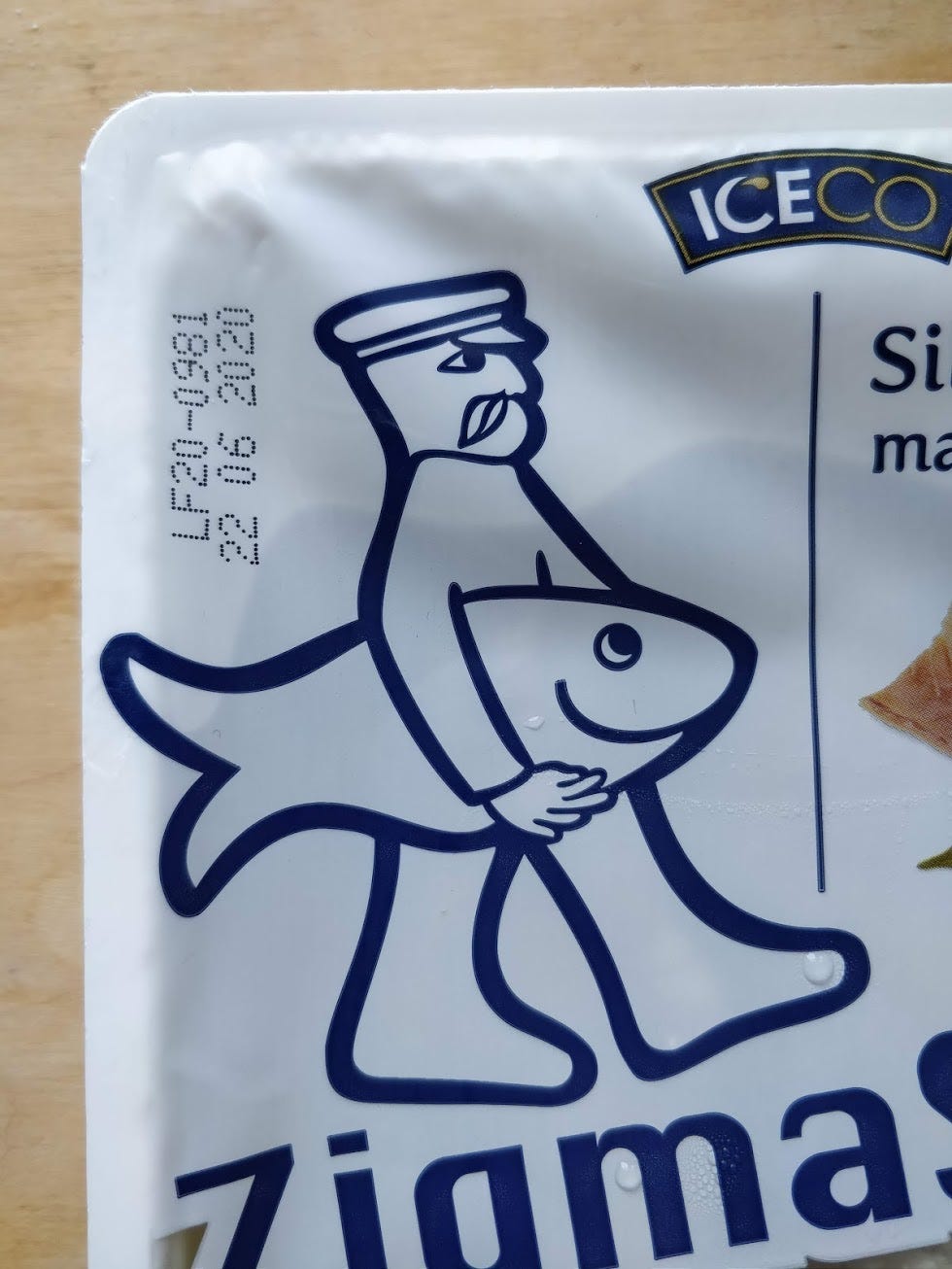#29: Ambient uncertainty, Part 3
Yes, it's about wheat again.
Greetings to readers old and new. This is yet another of Vaughn Tan’s weekly attempts to make sense of the state of not-knowing—which is, let’s be honest, now our default state. The first issue of the newsletter explains the project; you can see all the issues here.
In March, I went to see Seven Yorkshire Landscapes, a 2011 Hockney video installation made by combining summertime footage from 18 video cameras attached to a moving car. Watching a digitized simulacrum of lush reality in a deserted Mayfair gallery feels like a metaphor particularly appropriate for the present time.

Over the weekend, one of my best pals emailed to say that my use of uncertainty in reference to pizza (#28) seemed perilously loose. How uncertain could pizza dough actually be? And can the kind of uncertainty that dough represents possibly be relevant to the kind of uncertainty created by living through, say, the worst global pandemic of the last half-century?
Rest easy on at least the first question. It really is possible, if you want, to make Pizza Dough of True or Knightian Uncertainty. But maybe more needs to be said about flour for that to be clear.
As I suggested last week, dough can be made more or less uncertain depending on what flour you choose to make it from. Highly refined 00 flour milled from strong monocultural wheats makes a predictable dough; flour stoneground from population wheats makes a less predictable dough. Nothing new so far.
When I wrote about population wheats in a previous issue (#15), it was to emphasize that “population wheat fields aren’t prone to complete failure like monoculture wheat fields can be—in fact, that their yields are relatively stable from year to year despite dramatically different growing conditions,” and that, as systems, they were “less—not more—fragile.”
Imagine a field seeded at the beginning of the growing season with a mixture of hundreds of varieties of wheat saved from the previous harvest. During the growing season, temperature, rain, and many other influences change how these varieties compete with each other and which varieties are more successful. While individual wheat plants in the field may not do so well, the diverse population as a whole does well under a broad range of growing conditions.
The adaptability and robustness of a population wheat is inextricably intertwined with its unpredictability. (This is for the same reasons as why diverse organizations or cities are more adaptable and robust.) While the grower of a population wheat knows abstractly what kinds of wheat are growing in the field, the precise actual composition of wheats in the field at harvest time is practically impossible to determine.
Choosing a stoneground flour means choosing flour containing unpredictable particle sizes and parts of the wheat berry. This is almost an unavoidable product of how stone milling (vs roller milling) works. Choosing a stoneground population wheat flour layers more unpredictability into the equation.
But there’s more.
One of the flours I currently use is milled from a population nicknamed YQ, made up of 20 parent wheats and nearly 200 hybrids of those parent wheats. YQ is pretty weird, but it is still a population of mostly (I think) hybridized wheats. The flour I like best for pizza is quite different: a sifted flour milled from a population of only old, pre-hybridization wheats. (For complicated biological reasons, wheats need human assistance to be hybridized; they rarely do so on their own.)
When milled into flour, these heritage wheats have properties which affect dough texture and performance but aren’t often measured or well-understood. Modern flour measurement is oriented toward a much narrower range of properties more relevant to modern hybridized wheats and the needs of industrial baking.
Compared to a stoneground modern population wheat flour, a stoneground heritage population wheat flour is in a different class of Weird. Not only is it unknowable in composition at harvest, it also has properties which are not fully quantifiable in a practical sense. I’m not even sure these properties are conceptually fully quantifiable yet (based on a handful of conversations I’ve had with growers and millers about it).
Dough made with Weird Flour can be unpredictable enough that it enters the realm of true uncertainty. The outcomes can be really unexpected, in both good and bad ways. A recipe that produced a great dough one week might produce a puddle of soup the next, even using flour of the same type from a different bag in the same milling. This is not so improbable that it never happens—the last time I experienced this, the dough was so soupy I had to make it into pancakes. When working with conventional flour, I don’t expect dough to turn into soup at low hydrations.
Intentionally working with Weird Flour means changing approach and expectations. The most noteworthy thing, personally, is that I now begin with less of an expectation that dough with tightly defined parameters will result from a particular recipe. With Weird Flour the range of variation is much larger and the limits of variation are actually not fully known.
Even when I don’t get soup, I sometimes get textures in the uncooked dough which would be highly improbable with conventional flour, such as a gummy stickiness during the middle phases of folding that translate to strange handling when opening the disc later.
Now, the second question.
Can dough prepare someone for dealing with the uncertainty of losing a job or an entire career? My working hypothesis is that ambient, low-stakes, voluntary uncertainty eases confrontations with more serious and involuntary uncertainty—and that it creates an increasingly productive relationship with uncertainty.
Telling yourself that you don’t have these expectations of control is one thing; responding with equanimity when the dough becomes soup is another. Initially, dealing with this weirdness is a real pain and very frustrating. Eventually, with practice, it is possible to just take it in stride and respond—by accepting the inevitable, or by learning to make pancake batter. Over time, the same experience of lost control or violated expectations becomes somehow less and less frustrating.
I can’t be sure if something tiny and absurd like making pizza helps with uncertainty on its own. But getting used to not being in control on a small scale might be the first step on what is inevitably a long journey.
The next step might be a bit bigger and more uncertain (like committing to a weekly newsletter of lightly edited half-baked thoughts), which could then be preparation for something even more uncertain (preparing to leave a stable job by testing several revenue streams, or moving to a different country).
In other news, I bought a pack of herring filets mainly for the packaging. Everything about the illustration is ❤️.

I also got my first Goodreads review. It was from someone who didn’t like the book, but at least it was an amusing review:

Over the stars, to top Tiger Mountain
Let’s see what happens if we kill the ugly and rather crass Share button. If you liked this newsletter, you could subscribe to get it every week.
Find me on the web at www.vaughntan.org, on Twitter @vaughn_tan, on Instagram @vaughn.tan, or by email at <uncertaintymindset@vaughntan.org>.

